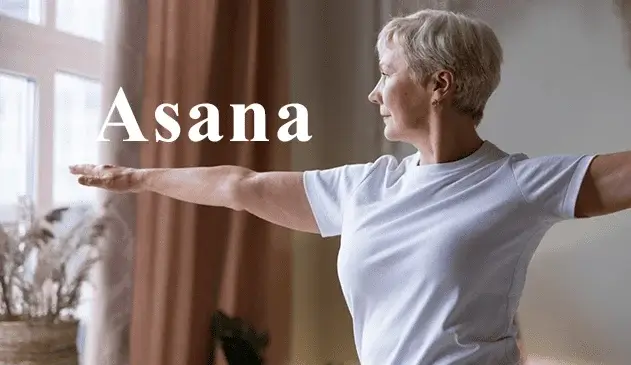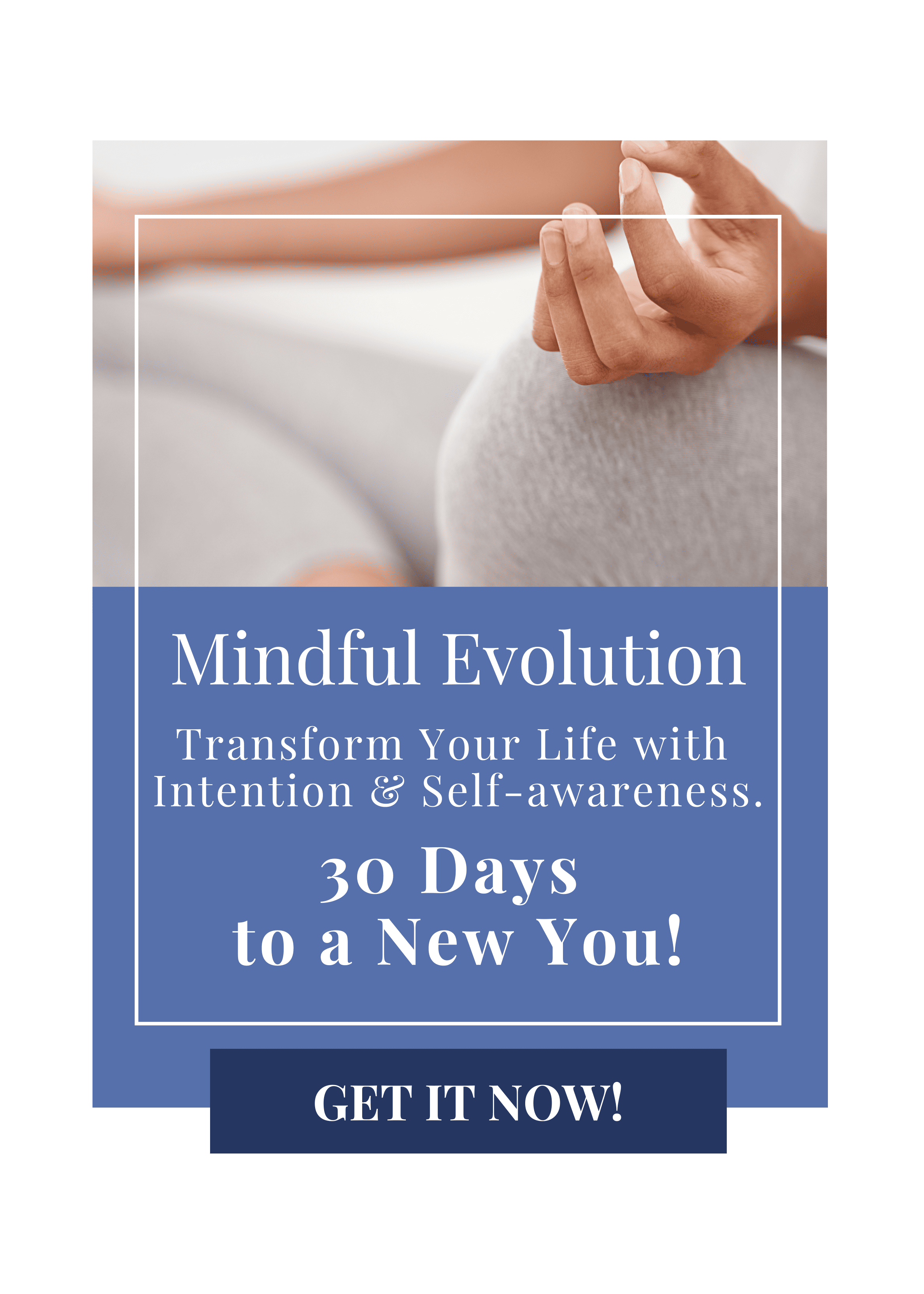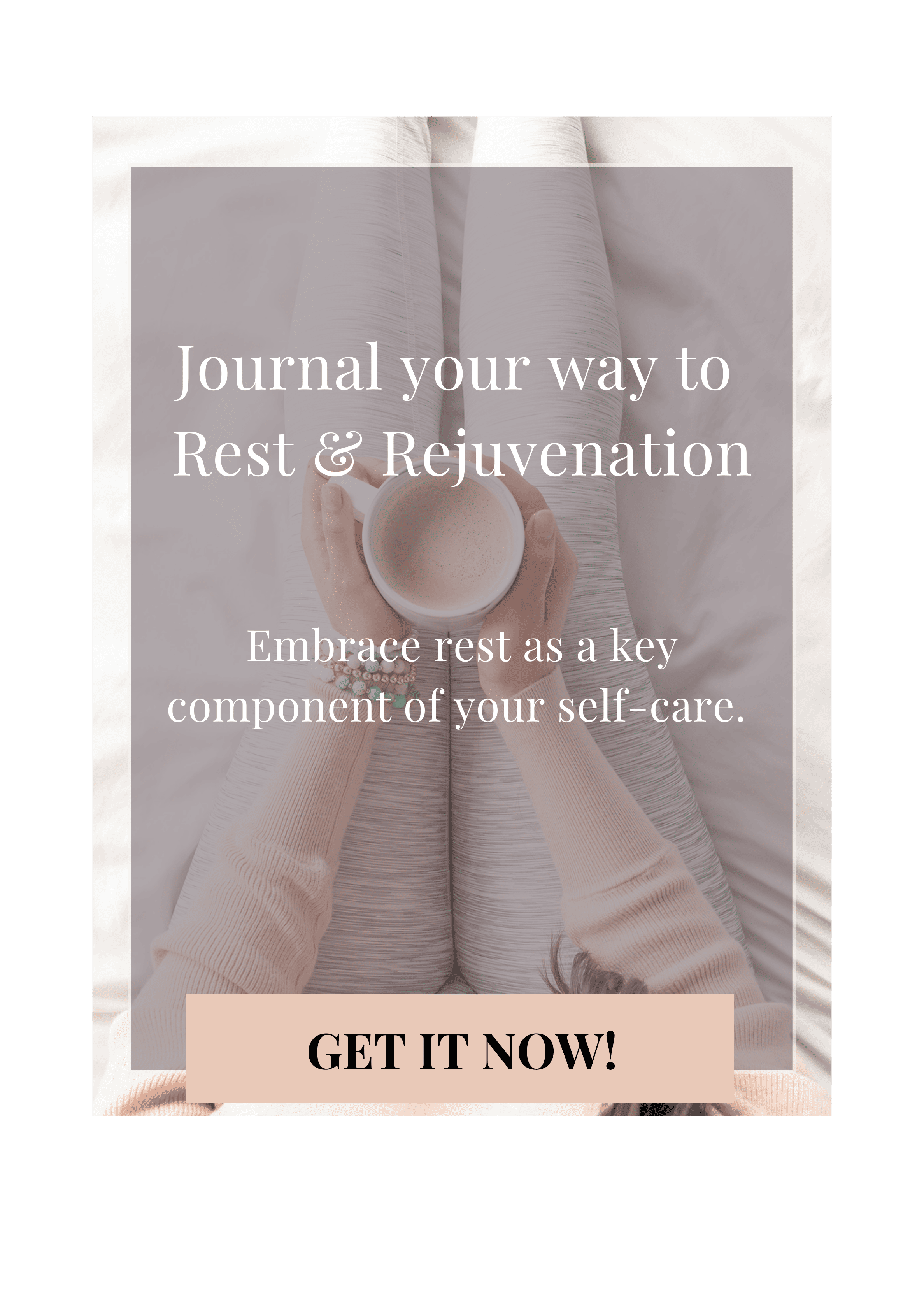This article includes a short introduction to the principles of Asana + journal prompts + practical and easy ways to incorporate the concept into your life.
NOTE If you just landed on this article be sure to read the first article in this series first:
“What can an ancient text called the Yoga Sutra do for you?”
ASANA – the yoga postures.
(Yoga Sutra II.46)
Asana (physical yoga postures) is perhaps the most well-known part of the 8 limbs of yoga and is often interpreted as the very concept of Yoga. When we say we practice yoga, we usually mean the Asanas, also known as Hatha yoga.
Asana is the term that describes the third limb of the 8 limbs of yoga, the practice of performing physical postures. The root of the word Asana means comfortable seat, which speaks volumes about its original intentions. Most of the original asanas described in the literature were sitting positions that prepared you for sitting in meditation.
But since the purpose of yoga is to achieve and find a union between the individual and the rest of the world, and internally between the mind and the body, why do we then need all these physical postures?
Asana practice works with the physical body so that the mind has a healthy and peaceful place to reside. Since the last limb of the Yoga Sutra is Samadhi, union with the whole, you cannot reach it if your attention is trapped by the physical body. If your body isn’t healthy, if the muscles are tight, aching or the legs are sore, if it’s not strong and relaxed, it is so much more difficult to concentrate, to be able to meditate, and to achieve that sense of connection with everything around you.
By practicing the physical poses, you create a physically strong, flexible, and overall healthy mind and body and a regulated and stable nervous system. Going through the poses your sensory organs and your are stabilized.
To incorporate the other 7 limbs of the Yoga Sutra into your life, you need this healthy, flexible, and stretched psyche and physique. Performing the poses helps protect you against illness and creates the spaciousness and balance that yoga requires of us.
The physical exercises in yoga help keep the body healthy and ultimately prepare you to be able to sit still and focus for longer periods of time in meditation. There are hundreds of yoga postures, with variations, different focuses, and intentions, but Patanjali does not specifically mention them in the Yoga Sutra. When the Sutra was written, it was done in short verse lines that could be remembered and passed on, which is why only the most essential things were mentioned.
Regardless of whether we remember it in our daily lives, we are a union of body and mind. The body and mind are not separate, and the health of one affects the other. We cannot just work with the body and expect to be healthy if the mind is also not strong and balanced.
You cannot use the time to think destructive thoughts or feed your mind with negative and unhealthy things and at the same time expect the body to shine just because you practice physical yoga. The body cannot achieve its potential without the support of the mind, and vice versa.
According to Patanjali, Asana aims to keep the body steady and light, ready for meditation, which in turn prepares us to achieve mastery of thought patterns in the mind so that self-realization can be experienced. Sthira Sukham Asanam means that we must be able to perform the physical positions stably and comfortably.

How to practice Asana.
The practice of yoga and any kind of physical exercise.
- Do yoga daily – This is the ultimate goal, but as little as 15 minutes 3 times a week can have amazing benefits.
- Find the places in your practice that are filled with ease and at the same time are supported and stable.
- Pay attention to how you hold your shoulders, hips, and legs, and return to a straight-aligned posture with a long spine when you can.
- If you are challenged observe yourself and your breath.
- Notice your breath when you feel supported and calm, and then you are stressed.
- Withdraw from a pose if you experience pain or severe discomfort.
- Give yourself time, modify, and do variations of poses to create your practice.
Applying the principles of Asana to your life.
- Create a stable and steady yoga practice that will free you of excess energy and make you calmer.
- Become aware of your body posture when sitting and walking and try to uphold a good posture.
- Sit on the floor more often, stretching and simply moving your body around.
- Use the “Savasana pose” (laying flat on your back, on a yoga mat, arms along your side, palms facing up, eyes closed) to relax. Use this pose to give yourself a mindful break. Breathe with a steady relaxed beath, perform a Yoga Nidra, or do a meditation lying here. Stay in the pose (without moving) for 10 minutes.
- Ensure that you alternate between sitting and moving your body during the day. Incorporate little breaks for stretching or walking.

Important self-investigation.
Asana practice strengthens the connection between mind and body, and you can use the body as a tool to enter the present moment. The body is always in the present, no matter where the mind wanders.
By entering the body, you get a chance to tune into the moment, to the present, to quiet your mind, as you use the breath to connect the mind and body. When you practice asana, you are not just working with the body on its own, while the mind is somewhere else. You move and stretch all of you, your mind, body, and spirit, and try to center and focus the mind with the body and your breath.
And honestly, isn’t Asana practice the perfect tool to relax your mind? Try to include the pose Savasana each time you practice. The thumb of rule is to stay in Savasana for 1 minute for every 5 minutes of Asansa practice. You will experience a state of calm and bliss when the body has been moving and stretching and is now fully relaxed. The mind is clear, and all thoughts are distant, and you are filled with a sense of being whole.
Experiment with your practice. Find the balance between the healthy challenge and expanding your comfort zone slowly over time and remember what happens on your yoga mat is up to you. It is your practice, it is your body, and it is your journey.
Contemplation and Journal prompts on the principles of Asana.
- What intention did you set for your practice today? How did this intention influence your practice?
- In your practice today. Which poses felt more challenging or easier than usual? Why do you think that is?
- After your practice, did you notice any new sensations in your body? Were there any areas of tension or ease?
- How did your practice of yoga affect your mood and mental state today? Did you find it mentally challenging, relaxing, or perhaps something else?
- How did your breath flow today? Was it strained, stuck, or relaxed? Why do you think it felt like that?
- Did you notice any changes in your energy levels before, under, or after your practice? Which poses seem to raise your energy levels?
- Were there moments during your practice when you felt particularly present or connected to the moment? Did you get distracted, and if so how did you bring your attention back?
- Choose one pose from your practice today and dive deep into your experience with it. How did you prepare for it, execute it, and come out of it? What did you learn?
- What were the most challenging parts of your practice today? How did you deal with it?
- What are you most grateful for about your yoga practice today?
Ready to take the next step – Pranayama!
Want to know more about working with me?⬇️







